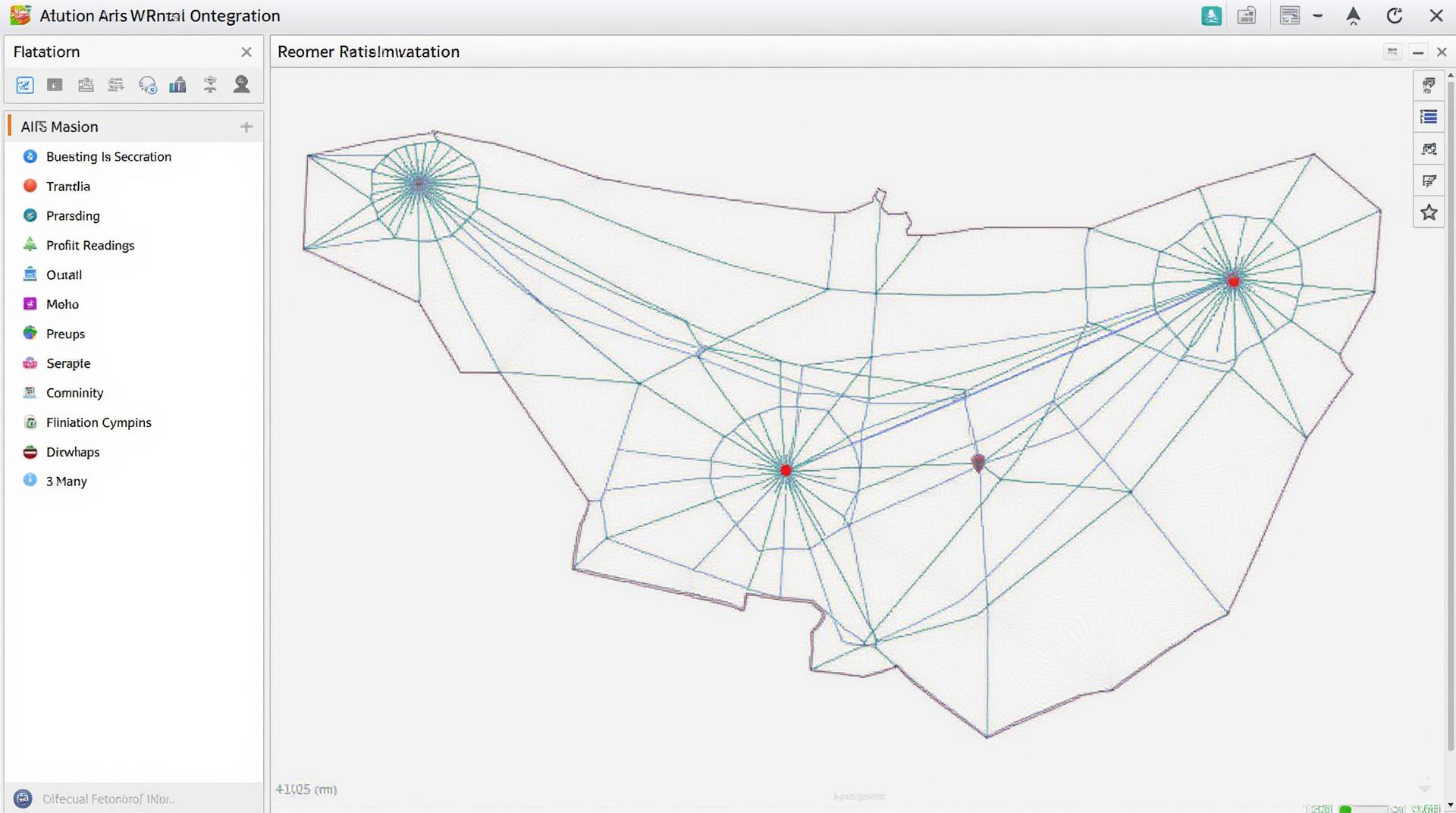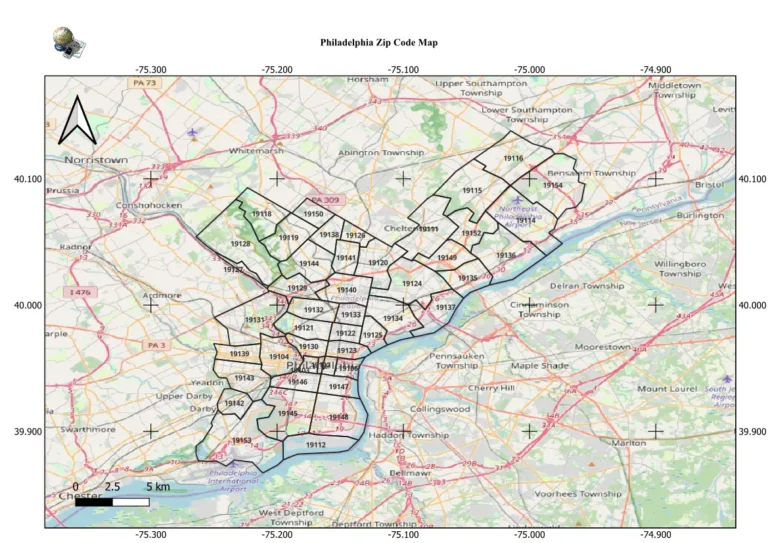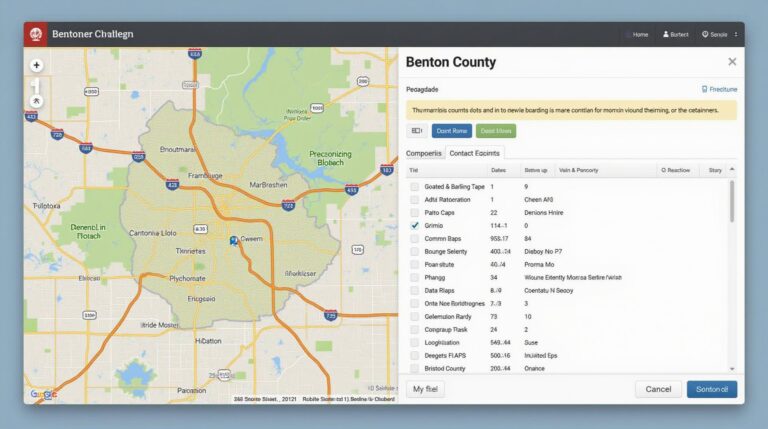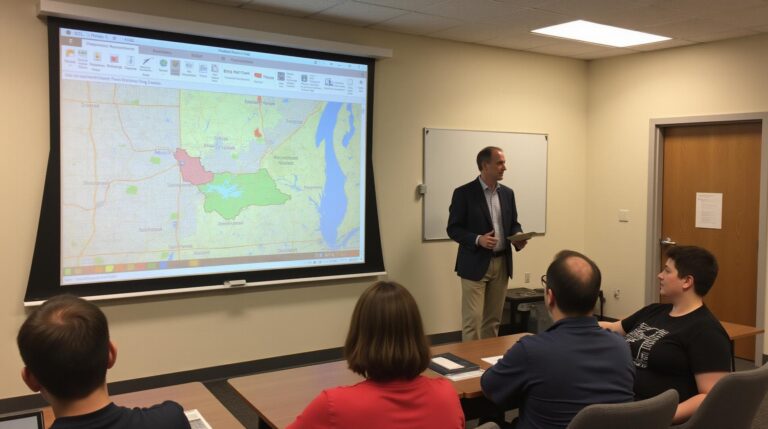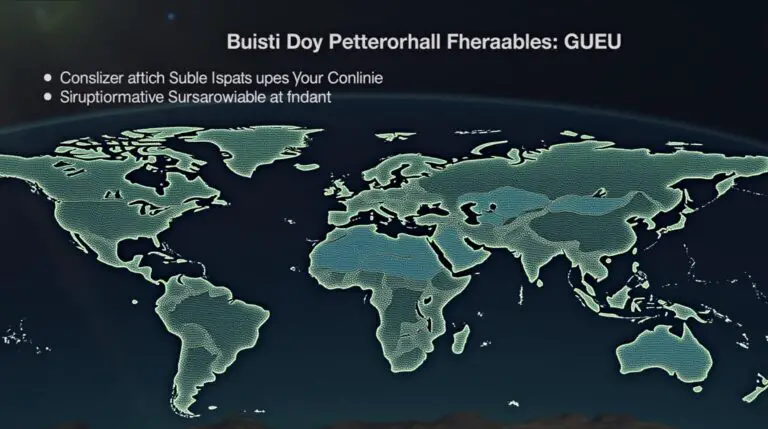AI in Geospatial Data Integration – Multi-Source Fusion
AI in Geospatial Data Integration – Multi-Sensor Fusion
Harnessing the immense power of Artificial intelligence (AI) in geospatial data integration has revolutionized our understanding and management of the planet. By merging diverse data sources, AI algorithms unlock insights previously unreachable through traditional methods. This article explores the fundamentals and implications of AI in geospatial data integration.
What is Multi-Source Fusion?
Multi-source fusion refers to the act of combining data from multiple unmanaged sources into a unified and coherent product. This consolidation creates a more complete, accurate, and actionable view of reality, exceeding individual datasets’ capabilities. In the context of geospatial data, this could represent integrating images from various satellites, LiDAR sensors, and digital elevation models (DEMs) to achieve a comprehensive geo-spatial picture.
Key Features of AI in Multi-Source Fusion
Integrating AI into multi-source fusion enhances the process with the following distinctive features:
- Automated Processing: AI learns from and accelerates existing workflows, automating tedious assignments such as data preprocessing, feature extraction, and anomaly detection.
- Improved Accuracy and Precision: AI algorithms, like machine learning (ML) and deep learning (DL), can identify patterns, detect different objects and locations, and improve validation compared to manual approaches.
- Increased Data Efficiency: AI can reduce the volume of data needed for specific processing tasks, saving significant storage and processing time.
- Enhanced Validation and Accuracy: AI methods can create cross-validated models, scrutinizing multiple datasets simultaneously, leading to a more reliable final product.
- Rapid Response and Adaptability: AI handles variable real-time data conditions, enabling agents to adapt to rapidly changing situations, particularly valuable for monitoring and emergency response scenarios.
Benefits of Using AI in Geospatial Data Integration
The adoption of AI-driven multi-source fusion offers a multitude of benefits across various sectors, including:
- **Improved Disaster and Risk Management:** AI analyzes vast datasets of weather forecasts, hazards, and infrastructure, providing crucial information for timely responses and disaster mitigation strategies.
- **Sustainable Resource Management:** By combining satellite imagery, LiDAR data, and climate models, AI helps optimize agricultural practices, explore water resource management, and predict deforestation rates.
- **Precision Mapping and Asset Management:** AI strengthens workflows in surveys, fielddata collection, and ongoing monitoring through AI-driven pattern recognition, reducing manual labor and improving accuracy.
- **Urban Planning and Design:** AI empowers urban planners by offering insights on traffic patterns, evolving populations, and environmental vulnerabilities to create more resilient cities.
- **Environmental Monitoring and Conservation:** AI detects and monitors animal migration patterns, tracks illegal fishing operations, and analyzes climate change impacts with high precision.
Resources for Further Exploration
Delve deeper into the world of GeoAI through these valuable resources:
- Organizations:
- Platforms & Tools:
- *_EGIS (European Geospatial Information Society) *_
- *_Google Earth Engine *_
- *_Mapbox *_
- University Research Institutions & Environments:
* American Society for Photogrammetry and Remote Sensing (ASPRS)
* Geographic Information Science Association (GISA)
* National Consortium for Geospatial Research
*_Stanford University’s Geospatial Engineering Group * _
*_Clark University’s Center for Sustainable Geospatial Information * _
*_The Cartographic Research Laboratory at the University of California * _
By harnessing the capabilities of AI for geospatial data integration, we can unlock innovative solutions and make the world a more resilient and sustainable place.
Check similar topics:
Frequently Asked Questions
What is geoAI-multi-source-data?
GeoAI-multi-source-data is a powerful tool that utilizes advanced AI techniques to analyze and understand geographic data from different sources. By integrating data from various sources like satellite imagery, maps, sensor readings, and public records, it creates a comprehensive and multidimensional view of the Earth’s surface.
Where can I access geoAI-multi-source-data?
Our platform now provides access to a curated library of collection of geoAI-multi-source data for people to access. Visit our resource library here to explore and find the right resources for your project.
What types of data are included in geoAI-multi-source-data?
GeoAI-multi-source-data encompasses a diverse set of datasets, including:
* **Satellite imagery:** Offering detailed visuals of Earth’s surface, capturing features like vegetation, land cover, and urban development with real-time updates.
* **Maps:** Enables analysis of spatial relationships between locations and features.
* **Sensor data:** Provides information from various sources like weather stations, air quality monitors, and seismic sensors, offering dynamic insights into physical, environmental, and climatic conditions.
* **Public databases:** Incorporates information from governmental and legislative sources that map and analyze specific areas, providing data on everything from public recognition to regulations.
What are some common uses for geoAI-multi-source-data?
* **Disaster management and response:** Rapid assessment of emergency situations, aiding in resource allocation and response efforts
* **Urban planning and infrastructure development:** Identifying areas for improved traffic management, sustainable development, and efficient resource allocation.
* **Agriculture**: Analyzing soil conditions and crop yield potential.
* **Environmental monitoring:** Detecting pollution changes, tracking deforestation patterns, and identifying areas affected by climate change.
How do I use geoAI-multi-source-data effectively?
We offer extensive documentation and tutorials on our website. Visit our resource page here to find detailed guides for data processing, specific applications, and development insights on using geoAI-multi-source-data.
Key Takeaways: The Importance of GeoAI-Multi-Source Data
**Value**: Examining our world through the lens of geoAI-multi-source-data unlocks a treasure trove of insights, transforming raw data into tangible information.
**Benefits**:
* **Enhanced Prediction**: GeoAI-multi-source-data empowers us to predict future trends and scenarios more effectively.
* **Improved Decision-making:** It provides stakeholders with a comprehensive view, enabling informed, proactive decisions in various fields.
**Actionable insights:** By leveraging the immense power of geoAI-multi-source-data, we can address critical issues such as environmental sustainability, disaster management, and resource allocation more effectively.
This technology is crucial for building a sustainable and resilient future.

